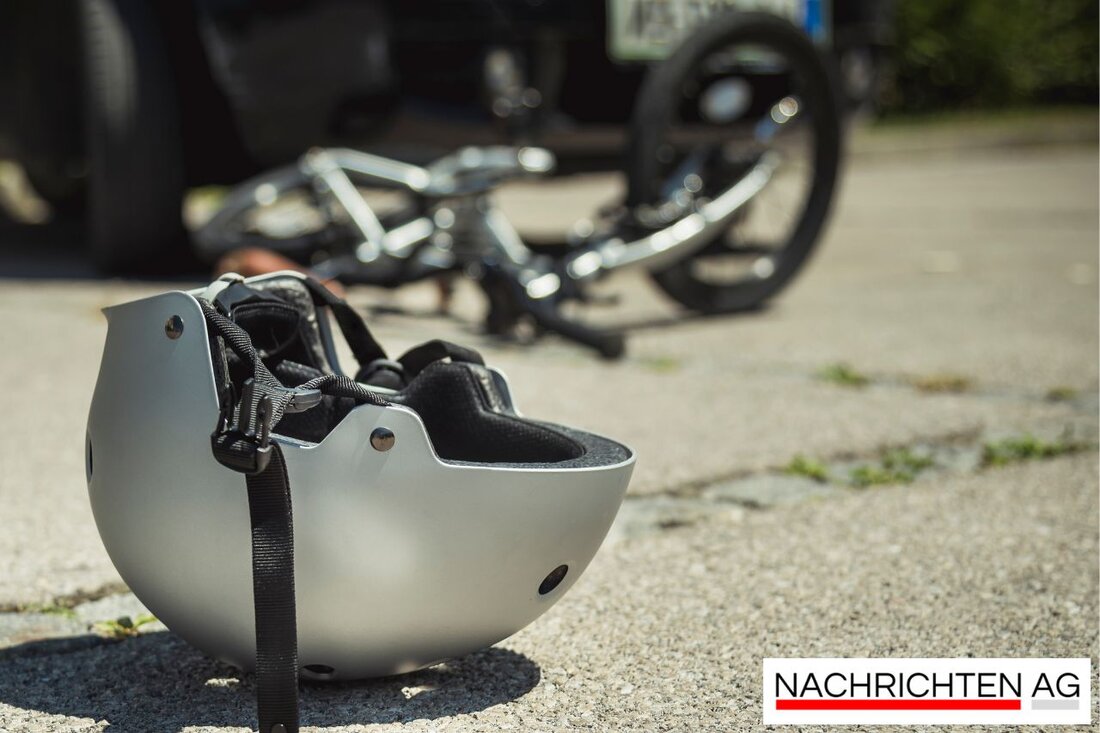Revolution in bridge construction: Oldenburg's new carbon concrete bridge is unique!
Oldenburg inaugurates Germany's first modular pedestrian and cycle path bridge made of carbon concrete, which promotes sustainable bridge construction.

Revolution in bridge construction: Oldenburg's new carbon concrete bridge is unique!
On July 2, 2025, a real milestone in bridge construction was celebrated in Oldenburg: the first modular pedestrian and cycle path bridge made of prestressed carbon concrete (CPC) in Germany saw the light of day. With a length of 9.60 meters and a width of 2.74 meters, it replaces an outdated wooden beam steel structure from the 1990s. This groundbreaking bridge, which weighs just 7 tons and is just 7 centimeters thick, could be the starting signal for a new era of sustainable construction in Germany.
The construction of the bridge was a real showcase project that was completed in just six weeks. For an amount of 140,000 euros, the city of Oldenburg, in collaboration with Holcim Germany, was able to build this innovative structure, which is located along the railway embankment ditch in the Drielake district. Kreizeitung reports that this installation not only improves functionality for pedestrians and cyclists, but also saves valuable resources.
The advantages of carbon concrete
Carbon concrete has established itself as a pioneering building material that replaces conventional steel reinforcements with pre-stressed carbon fibers. This technology has numerous advantages: it is lighter, more tensile and more resistant to corrosion. Due to material savings, the panels are up to 80% thinner than traditional reinforced concrete panels. This leads to a significant reduction in the CO₂ footprint by up to 75%. Not to mention that CPC is completely recyclable and therefore makes a valuable contribution to resource conservation, as Meistertipp highlights.
The ability to extend the lifespan of bridges to over 100 years could be a significant advantage in times of declining infrastructure capital budgets. Many bridges in Germany - around 40,000 on motorways and federal highways - were built between 1960 and 1985 and are increasingly affected by water and corrosion. Here, carbon concrete could significantly mitigate a cost-intensive renovation, explains Ingenieur.
A groundbreaking decision
The city of Oldenburg's decision to forego the classic wooden beam steel construction and instead build this innovative modular bridge is seen as groundbreaking. The civil engineers at TU Berlin are currently also investigating the possibilities of carbon concrete for other structures such as tunnels and facades. The “C³ – Carbon Concrete Composite” project, supported by the BMBF, shows the enormous potential of carbon fibers, which could be used far beyond bridge construction.
Thanks to the CNC-controlled machines that cut the components precisely, the project was characterized not only by its environmental friendliness, but also by its high level of precision. So it can be said: The innovative bridge in Oldenburg is not only a step towards a sustainable future of construction, but could also set new standards in bridge construction nationwide.

 Suche
Suche
 Mein Konto
Mein Konto